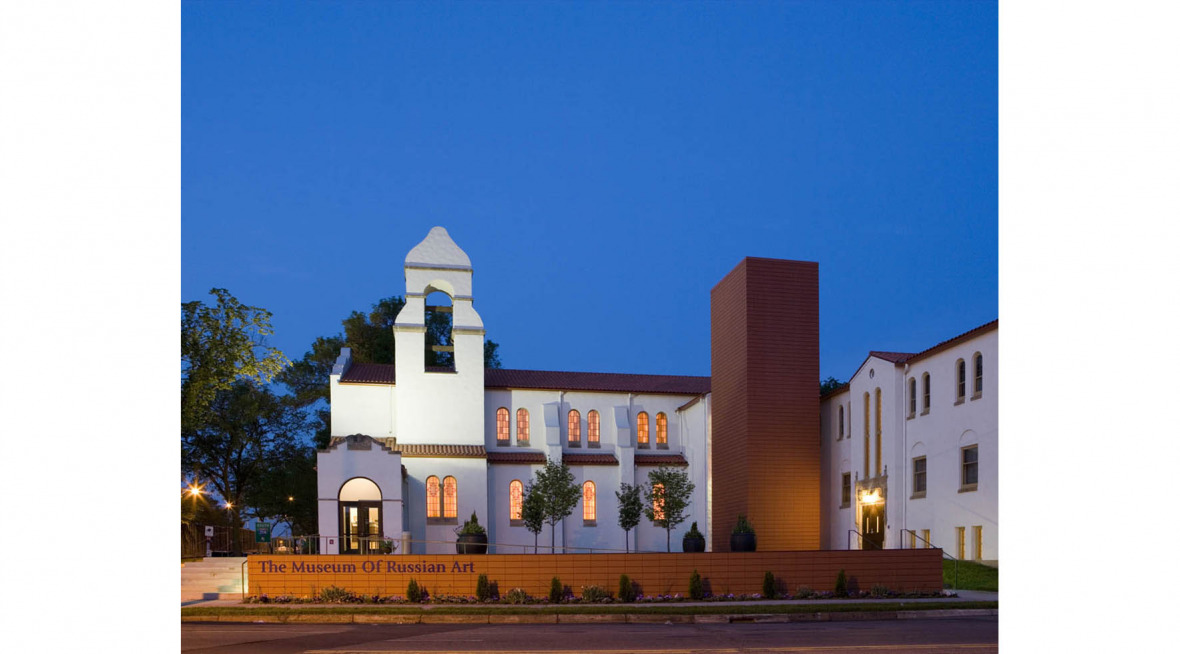
After several years of teaching at the University of Minnesota, I recently completed a few semesters as a visiting critic in architecture at an Ivy League university. This led to a colleague’s question comparing the quality of students here and there. To be sure, the students out east were consistently very bright and very talented. I would not say that they are necessarily smarter nor more able than our students here, but the caliber of work was consistently far higher. One could argue that there were many reasons, but my sense was that the students were highly focused and worked incredibly intensively. Intensity and focus is the major differentiator of a practice dedicated to excellence. It is our insistence on excellence, the value that we bring to the thinking, designing and planning for our client’s projects, that creates the intensity of our practice.

Our design energy is not exclusively focused on the building’s appearance, as obviously important as that is to us. In fact, if all we had to do was to make the building look good, our jobs would be quite easy. Design intensity and focus must simultaneously solve the myriad of issues that surround the project. Early in my practice, I had the opportunity to work for manufacturing engineering clients. Their projects demanded high performance design–visually, functionally, and culturally. In addition, we were expected to perform well against reduced consumption of energy and fiscal resources, while meeting an aggressive planning design and construction schedule. For us, the design of each project must engage all of the issues surrounding the project: managing structural change within an organization, hearing the varied and sometimes opposing concerns of all parties, managing complex phasing, or creating a powerful architectural experience within the constraints of a limited budget. We believe that design is a powerful tool that our clients can use to challenge some of their most complex problems.
Profile
Julie Snow leads a studio-based architecture practice in Minneapolis, Minnesota. The work of the studio is characterized by refined detail, lightness, and spatial clarity. With a diverse and unique body of work, the practice explores the potential of conventional, as well as exceptional programs.
The practice has been recognized locally and nationally, winning numerous awards including the Chicago Athenaeum American Architecture Award, a Design Distinction Award from I.D. magazine, and two Architectural Record/Business Week Awards.

The studio’s work has appeared in the journals Progressive Architecture, Architecture, Architectural Record and Architectural Review, as well as in several surveys of architecture including Architecture After Modernism (Thames and Hudson), Atlas of Contemporary World Architecture (Phaidon Press), Architecture Now! (Taschen Press), Designing with Glass: Great Glass Buildings (The Images Publishing Group), and Modern House 3 (Phaidon Press.) Most notably, in 2005 Princeton Architectural Press published the first monograph on the studio’s work as part of their New Voices in Architecture series.
Julie Snow has taught at the University of Minnesota College of Architecture and Landscape Architecture and received the Ralph Rapson Award for Distinguished Teaching. She has held visiting professor positions at Harvard University’s Graduate School of Design, Washington University, and University of Arkansas. The studio’s work has been presented at the Walker Art Center in Minneapolis, San Francisco MoMA, NY Architectural League, the National Building Museum in Washington DC, and at many professional conferences
and university lecture series.
Julie Snow Architects is currently working on a Land Port of Entry for the U.S. General Services Administration, master plans for the Minnesota Children’s Museum and the Minneapolis College of Art and Design, a local residential project, and additional collaborations with past clients. The work of the studio work can be found at www.juliesnowarchitects.com.

